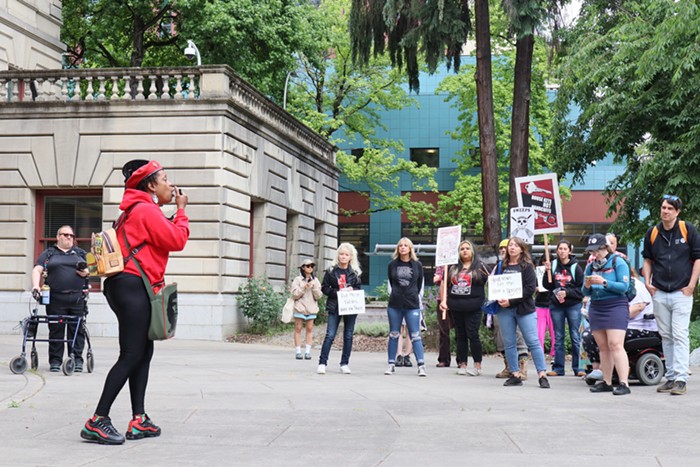IF THERE'S a major fault running through Full Rip 9.0, Seattle Times reporter Sandi Doughton's new book on the Northwest's oft-underestimated seismic footing, it's this: We don't need more science writing on the coming "Big One."
Full Rip 9.0 details the geologic discoveries that now conclude the Northwest is covered in active faults—including the sleeping giant off our coast, the Cascadia subduction zone, which scientists warn is overdue for a massive rip that'll devastate the region. In her book, Doughton weaves a tale that's clever and conversational, clear and precise without being overly technical. But as enjoyable as Full Rip 9.0 is, it's nothing new.
In his 2011 book Cascadia's Fault, journalist Jerry Thompson relates many of the same details Doughton reviews in Full Rip 9.0. Like Thompson's book, Doughton's has scientists examining mud—on land and under the ocean—for signs of past monster quakes. There's the "ghost forest" that drowned in seawater because the coastline plummeted during the last Big One. And there are those fastidious Japanese bookkeepers that recorded an "orphaned" tsunami—unaccompanied by a local quake—that hit their coast in 1700. (The wave originated from the same last major Cascadia rip.)
For those familiar with these stories, Doughton's retelling is tedious. For newbies, her book is probably the most readable telling so far. And Doughton does offer some different examples.
She very vividly describes why Seattle and the resonant basin it rests on is one of the last places you want to be when Cascadia or the city's own fault ruptures. Here Doughton regales readers with tales of a Puget Sound tsunami and more drowned forests, victims of Seattle's fault. But sadly, on the larger political implications of living atop a seismic time bomb, Doughton offers no novel insights.
There are discussions of why our building codes are shit, home retrofits, having emergency plans, and isn't it nice that state planners are coming up with integrated disaster plans and some of our infrastructure is ready for the Big One? But we know all that. In fact, Doughton barely scratches the surface of what region-wide resilience planning will likely entail or the obstacles it could encounter from businesses, not to mention politicians and an electorate incapable of thinking long term. To paraphrase a Doughton interviewee, her book adds details to a big picture we already know. As he puts it: "We already know what we need to do. Now we just have to do it."















